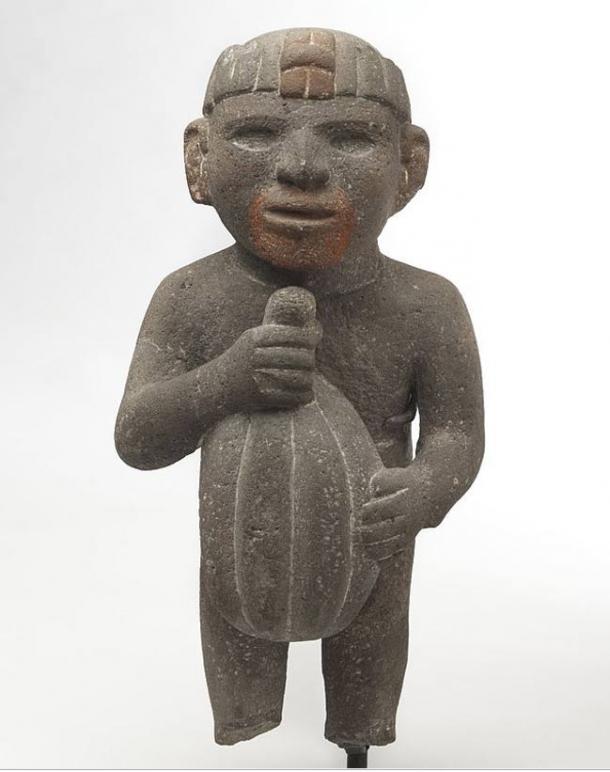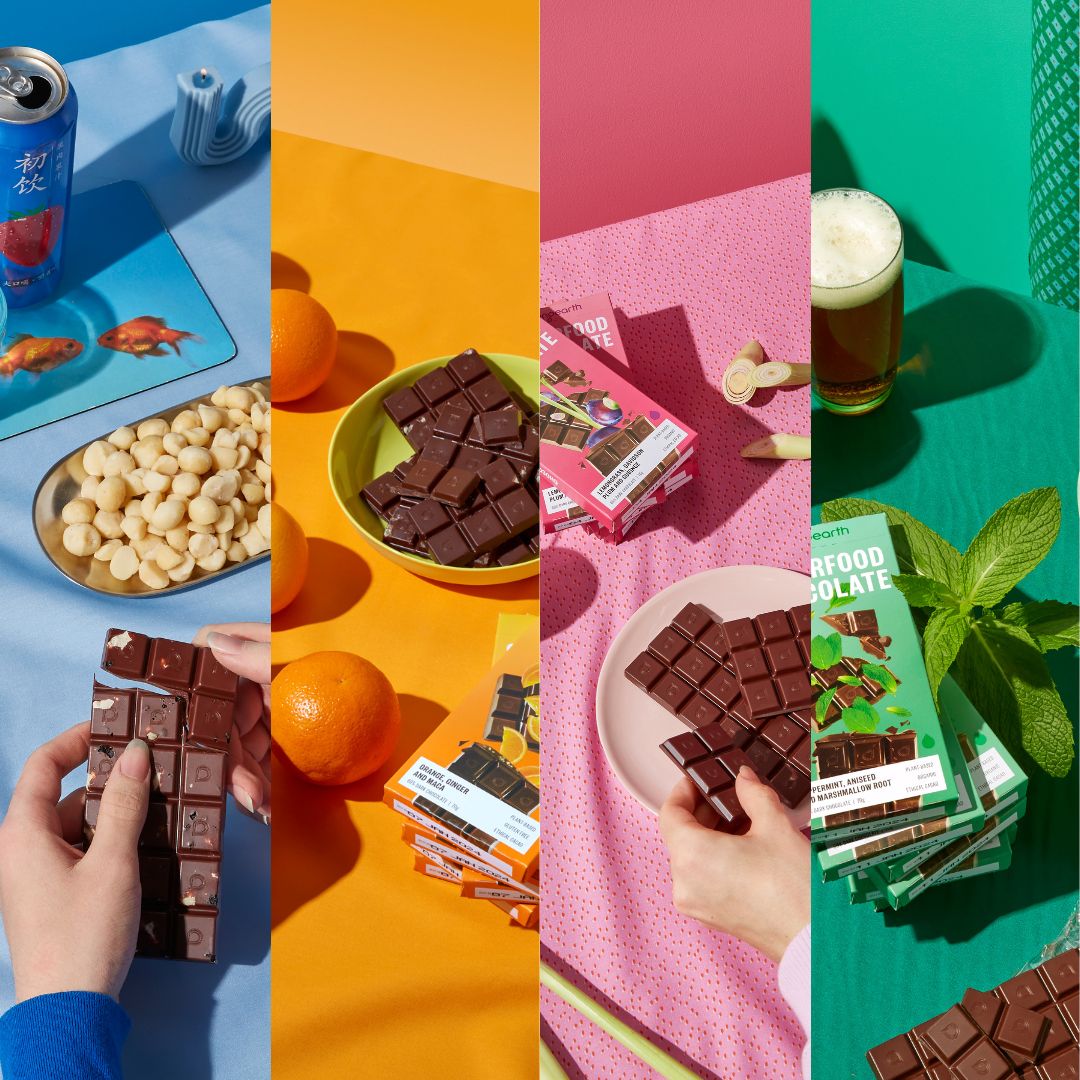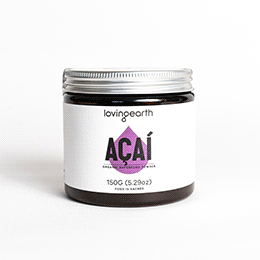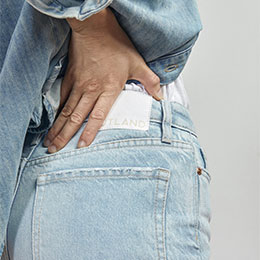
(image credit - Katie Wilton, Smudge Eats)
The Lost Treasure of Moctezuma
The last king of the Aztecs, Moctezuma died in 1521 as the Conquistadores established their rulership of Mexico. Haunted by legends of Moctezuma's gold, the Spaniards spent years searching the Aztec city of Tenochtitlan for the fabled lost treasure. They never found it…they didn't even know what they were looking for. Moctezuma's treasure was Cacao: his vaults were full of Cacao beans.
Consumed by the Aztecs in liquid form just as it had been by the Mayans before them, Cacao was highly prized for its health-giving properties. Aztec nobles would drink chocolate served cold and frothy, the foam believed to hold its fundamental essence. Considered so valuable that it was used as currency, master counterfeiters would manufacture the most valuable varieties of the Cacao bean, replicating the tiniest details. Cacao continued to be used as currency in parts of Latin America up to the 1880s. Although its consumption was widespread, the best quality Cacao was reserved for the nobles. Maps of the time show that it was grown in many different parts, but there was one place that was prized above all others: Xoconusco [so-con-osko] in Chiapas, a region five hundred kilometers away from the centre of the Aztec empire. Why did the Aztecs go to such extreme lengths to conquer this remote place?
Ancestors of the Mayans
It was here that the Olmecs lived. They were the first to domesticate Cacao, taking the wild plant and cultivating it, selecting and incorporating it into their culture. It is believed that the genetic material of the plant originates in the Amazon basin, from where it migrated naturally to the people of Izapa in Xoconusco. It was they who produced the first and finest variety of the cultivated bean: Royal Criollo Cacao. Nowadays, Loving Earth works with the Mayan descendants of the Olmecs in Chiapas to produce Cacao. To find out more please visit this page.
The Magic of Chocolate
Many people will have seen Lasse Hallström's movie adaptation of Chocolat, the fantastic 1999 novel by Joanne Harris. Based on a Mayan myth, the film tells the story of a young mother who opens a small café named La Chocolaterie Maya where she begins curing the villagers' various ailments using you-known-what. A classic scene occurs when an older woman comes into the cafe and needs some help with her husband; the chocolate maestra simply prescribes a bag of raw cacao beans, which soon fixes him up. Although just a playful, fictionalised account of the benefits of Cacao, it's true that the magic bean works in many different ways. This is why it was considered sacred and valued so highly in ancient Mesoamerican culture. It's a powerful and potent food. It's not a staple; it's not something you eat all day, every day…but when you do eat it, chocolate provides a kind of magic that's found nowhere else.

Food of the Gods
"Cacao was more than a simple food. It was a divine food. Quetzalcoatl, the sacred king of the Toltechi, high priest and king of Tula, was the gardener of paradise where the first men lived. From there, he brought the cacahuaquehitl or cacaotero to his country."
-Fernàndez de Oviedo (1535), Historia General y Natural de las Indias [General History and Nature of the Indies]
In many ways, Cacao was the basis of the whole Mayan civilisation. As with many traditional cultures, the figure of the serpent was one of the main archetypes of spiritual energy for the Mayans. It was their primary god Quetzalcoatl (meaning “feathered-serpent” in the Nahuatl language of the Mayans) who brought Cacao to earth and gifted it to the people. This is where its name is derived from: Theobroma Cacao, the Latin term meaning “food of the gods” given to the species by the Spanish. This was not the only connection between Cacao and the divine; shamans of the time would use Cacao in their rituals, as it was understood to be a tuning mechanism, opening the psychic instrument and connecting the mind with the cosmos. The results can be seen in everything from art to architecture. Cacao was sacred; it was central to these civilisations because of its amazing nutrients and the secrets within, which modern science still struggles to explain. Cacao opens the heart and the mind, yet it also relaxes the muscles. If you eat Cacao beans and then do yoga, it's a whole different experience. Since Cacao contains so much magnesium, your muscles relax and you can get into the postures a lot more effectively. It energises you. But more about that next week, when we'll be focusing on the nutrients in chocolate and the chemicals of emotion. For now, try a bit of that Mayan magic in your kitchen!
All alone I sing
To the one who is my Lord:
In this place where the gods command,
The flower-chocolate drink is foaming – the flower intoxication.
I yearn, oh yes!
For my heart has tasted it:
It intoxicated my heart – songs, dreams, yearnings.
My heart has tasted it.
-Tlaltecatzin, Aztec Poet
Loving Earth's Magical Ancient Mayan Hot Chocolate
This is a gorgeously decadent drink that combines the Mayan tradition with the Loving Earth approach. Rich and creamy, thick and velvety, this will see you through the last of winter with a smile on your lips and a toasty mug to warm your hands!
For the Mayans and Aztecs, the foamy froth of the chocolate drink was achieved by splashing the potent mixture back and forth between two jugs. It's unlikely that you'll have someone available who's content to follow such directions for an entire afternoon, but you can use a traditional molinillo whisk or a hand blender to recreate the effect instead!
You Need
• 3 cups boiling water
• 200g raw cacao liquor
• 6 tsp coconut cashew cream
• 1 vanilla bean, chopped and ground
• 150g coconut sugar
• ½ tsp chilli powder
• ¼ tsp cinnamon
• a pinch of sea salt
• zest from half an orange
Method
To remove the zest from the orange, grate the skin while it's still attached to the fruit. Be careful not to include the white layer beneath the skin.
Assembly
In a small pan, add the cacao liquor to your boiling water. Stir in the coconut cashew cream, sugar and vanilla. Add the chilli, cinnamon and a pinch of sea salt. Finally, add the zest to your chocolate mix a little at a time until a rich vibrant flavour has been achieved. Froth with a whisk and enjoy!



We need to soak (activate) nuts and seeds to remove the phytic acid. Phytic acid is an enzyme inhibitor that binds to vitamins and minerals in your body and stops us from absorbing them! (I love having this bit of info up my sleeve because I asked myself the same question once). We really try to eat a whole food diet in our house so your chocolate goes down a treat! I love using it in my raw desserts.
Activated products are so much easier on my digestive system. As I'm on a low FODMAP diet, choosing a Loving Earth product that's right for me as simple as reading the label of the packet.. Nothing but whole foods there... Thanks guys!
Activating means bringing the dormant seed or nut to life, and releases all the natural intelligence, vitamins, and nutrients stored within. I'm also addicted to your raw chocolate!